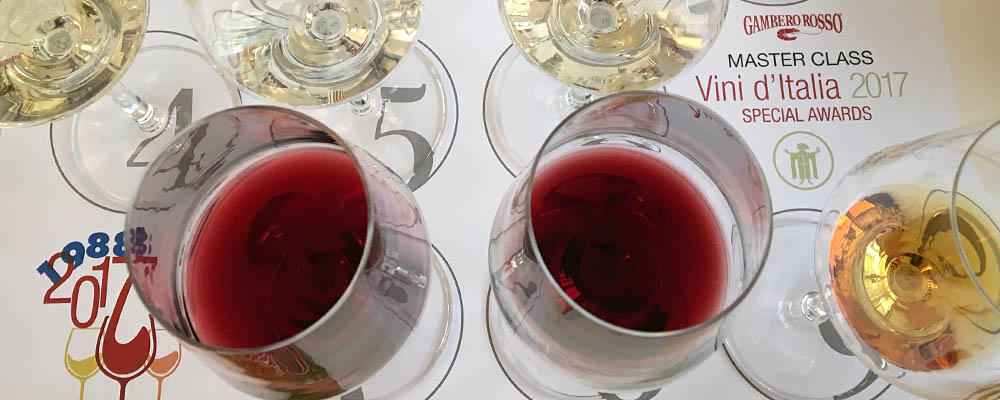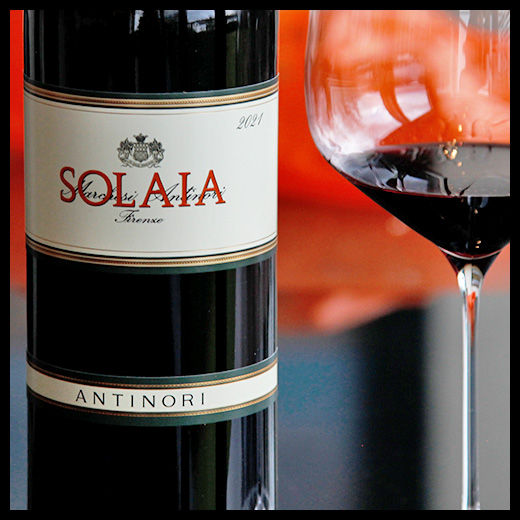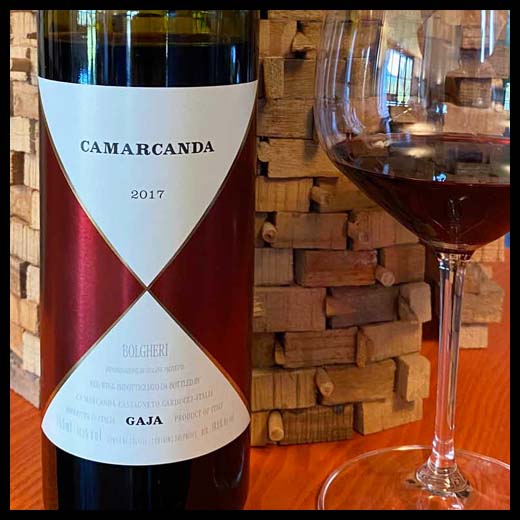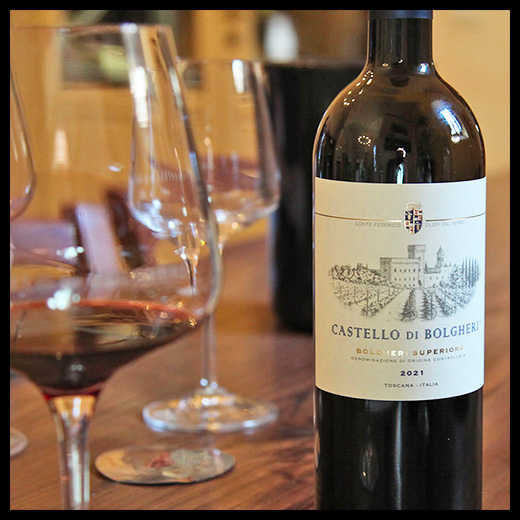What was important in the wine year 2017?
07. Dezember 2017Another year in wine comes to an end and again we're making a Selfie of the enormous dynamic of this fascinating industry. Digitization, ever increasing demand for quality and rapidly changing consumer habits challenge the global wine industry. At the same time the loss of respected traditional authorities and proven paths to success put tremendous pressure on producers, opinion makers and trade.
- A look back on the vintage 2016
Vintage 2015 is widely regarded as "the world wine vintage". 2016 in many important wine regions added another stellar vintage, though totally different in character. While 2015 fascinates wine lovers with rich, warm and perfectly ripe fruit, the cooler but very sunny 2016 is much more focused, precise and shows perfect elegance and almost transparent terroir characteristics. In Bordeaux and Burgundy both vintages will go down as "vintages of the century". Also in Italy, California and selected other regions there will be legendary wines from both years. - Wine vintage 2017
Southern Europe and other important wine regions in 2017 were characterized by a heat wave and drought hardly ever seen before over most part of summer. As a consequence, harvest yields were the lowest since 1945 for the most part of these wine regions. In large parts of Italy, Spain and France yields were down by one third or more. A severe frost in spring in the Bordeaux area added even more pain on the producers. Extreme drought and heat way into fall lead to devastating wood fires in California and Europe. This turned out to be a real catastrophe for men and nature. As a consequence, the discussion about climate change intensified again. The wood fires also destroyed large areas of vine plantings and entire wineries. It has to mentioned that the grapes that survived the hostile weather conditions are of good to very good condition and promising for a good wine quality. - Where do prices for the wines go?
Big vintages – big prices, that's the simple rule of thumb! And it worked perfectly also in 2017. Even worse, with the reduced crop there is less to sell. Burgundy was again hit by a severe April frost that massively reduced juice in some of the most prestigious crus. The bottles have not been filled yet but strict allocations will be applied almost everywhere. As the auction markets stabilizes more and more, producers use the opportunity of good quality for hefty price increases. Even worse they will use the high demand to bundle sales with lots of other wines they want to market. - Prices for wineries go through the roof
2017 will go down in history as a year of spectacular winery acquisitions at record prices. Prices for the best vineyard land is skyrocketing at the pace of cyber-currencies. The high mark was set in December with the acquisition of Burgundian winery Clos de Tart, a mere 7.5 ha Grand Cru vineyard, at a lofty 250 mio. EUR. At not much less the take over of Château Troplong-Mondot in Saint-Emilion had been closed. But for some 33 hectares of highly regarded quality land the valuation was less. Prices over 200 mio. EUR for famous producers and acclaimed land seem to be the new normal. But that is not a problem for big corporations in times of zero interest rates. They flee into assets of high value and constant cash flows. - Wine goes digital
Digitization finally arrives at the wine industry – vertically and horizontally. Online wine shops tend to be disrupted even a short time after they disrupted traditional offline shops. New app platforms move between merchants and customers with huge numbers of subscribers. These platforms work asset-free connecting merchant stocks with other merchants and customers. Traditional merchants sit on the high risk of their inventory at high capital cost while profit margins disappear. At the same time big online retailers attack classic online trade and producers try to connect directly with the customer tunneling trade channels. For the big grocery online retailers wine as a product group still show relatively attractive margins.
But digitization also affects wine production. Drones in the vineyards enable a radical optimization of farming and harvesting. GPS controlled vehicles increase precision, electronic sorting machines are not exhausting even after a long day of harvesting. It's only a matter of time until machines will print the tasting rating on a barrel of young wine and be more objective about this as any wine critic can ever be. Precision comes but magic goes! - Traditional wine critic looses traction
The business model of wine critics that worked very well over the last decades looses on importance. The consumer does no longer need an advocate and an increasing number of wine bloggers take it over, for sure less professional but much faster and easier to absorb. Finally, the combined knowledge of the social media communities is amazing. For the first time this year we've seen video professionals following some of the tasters during the Bordeaux primeurs. And the Châteaus do no more hesitate to support a great scene by pouring the wine again and again. Perfect video story telling instead of a flood of high points today for sure is the better way to convince a young audience to give the great wines of the world a serious try.




